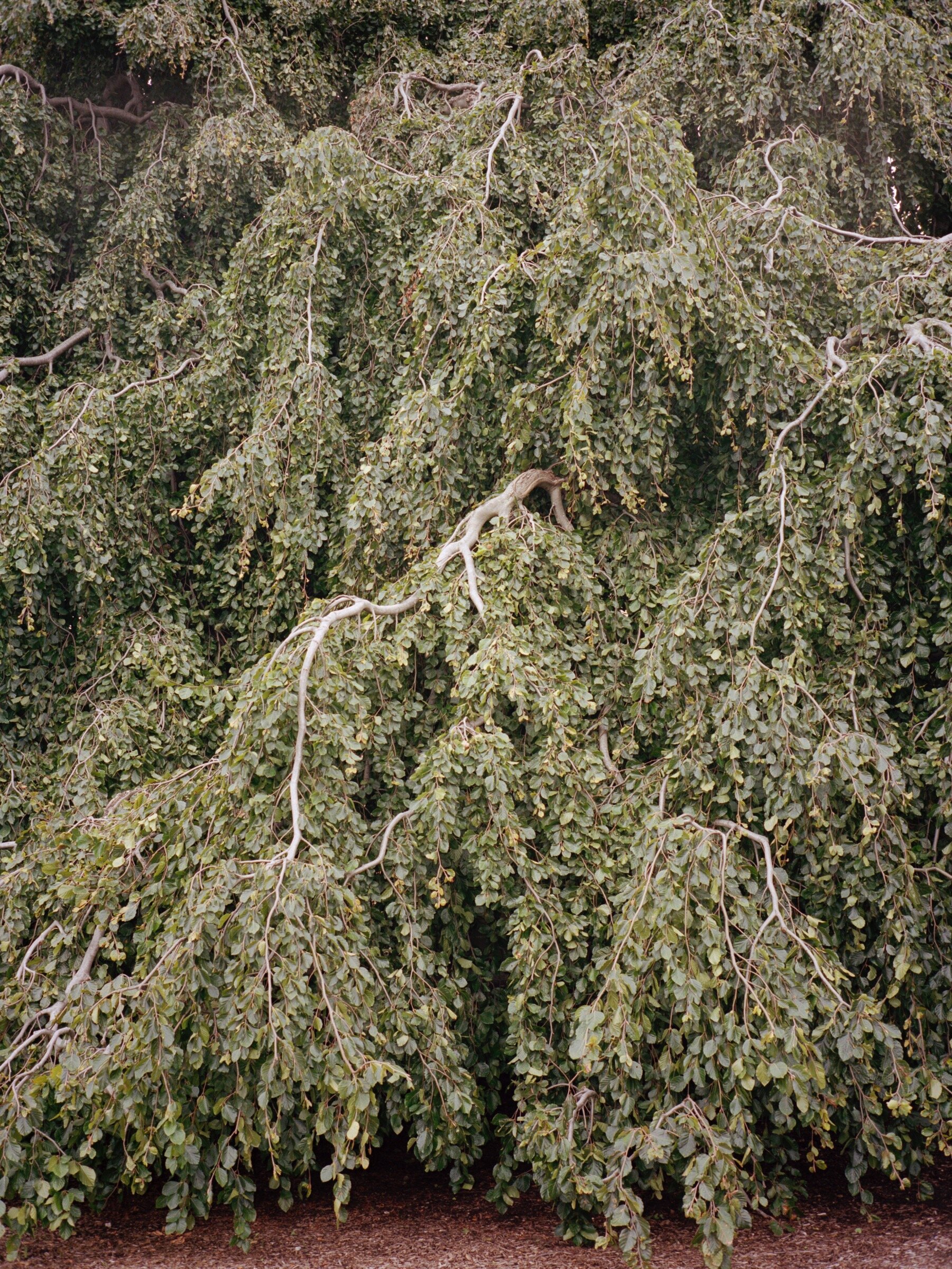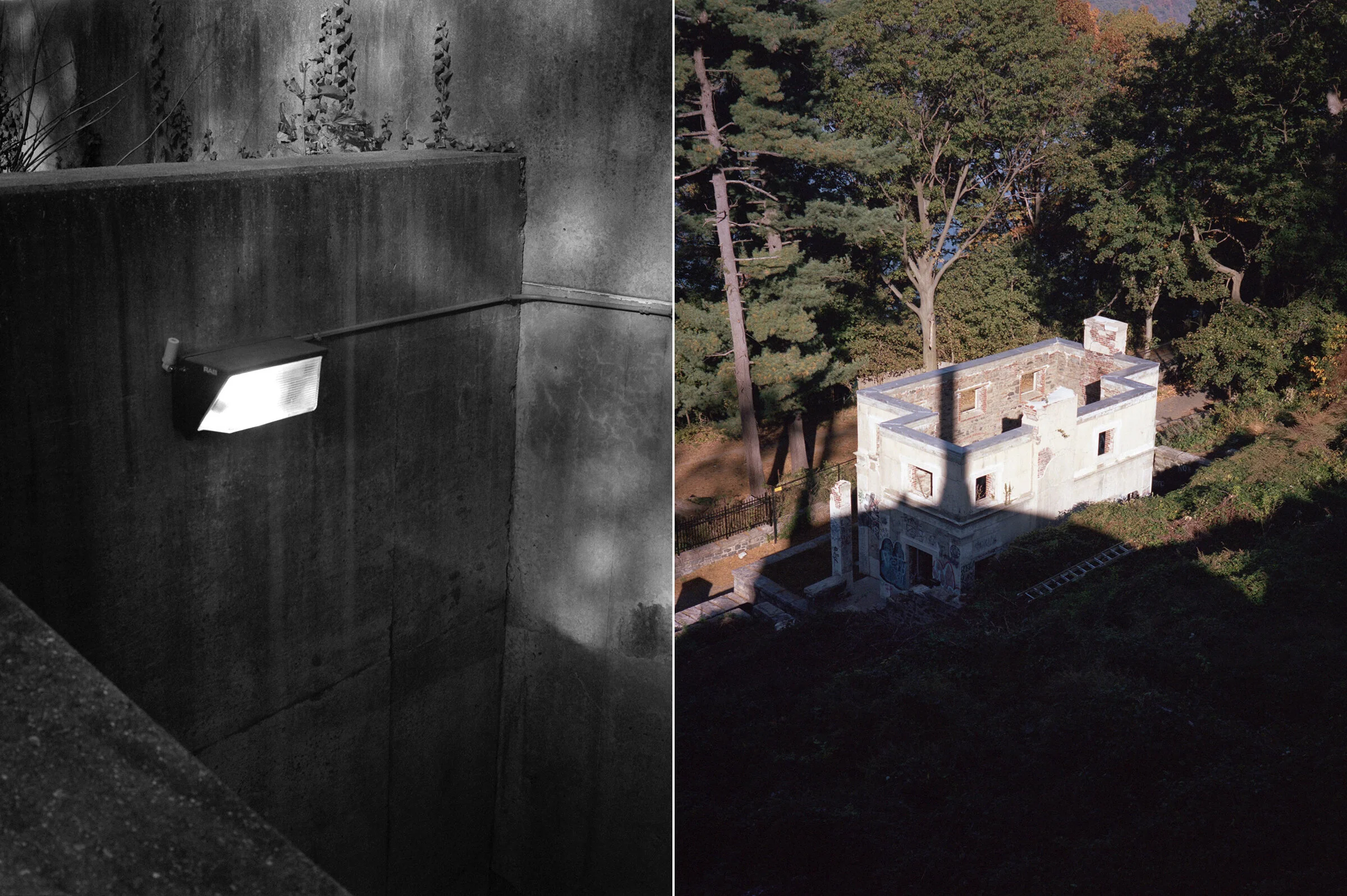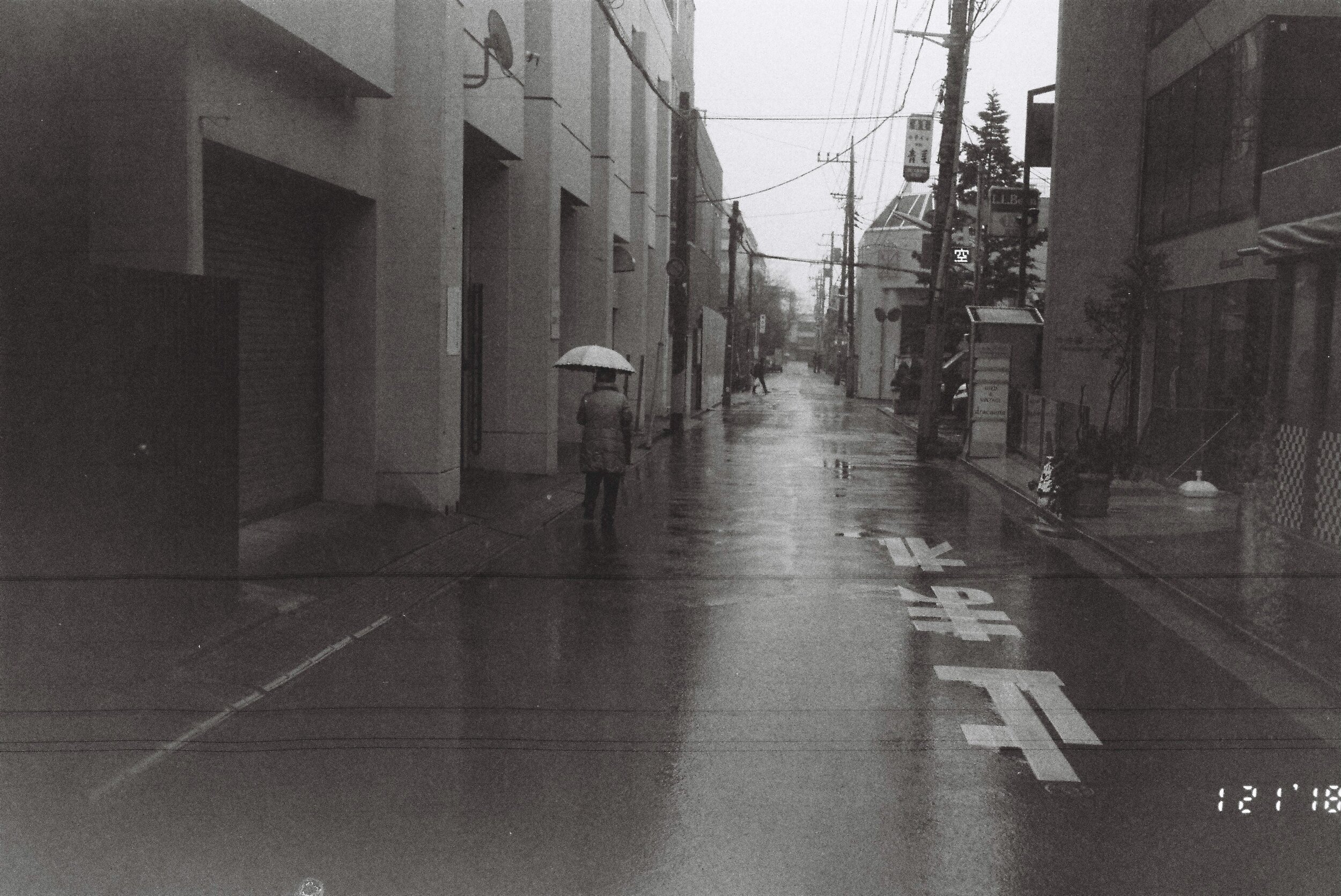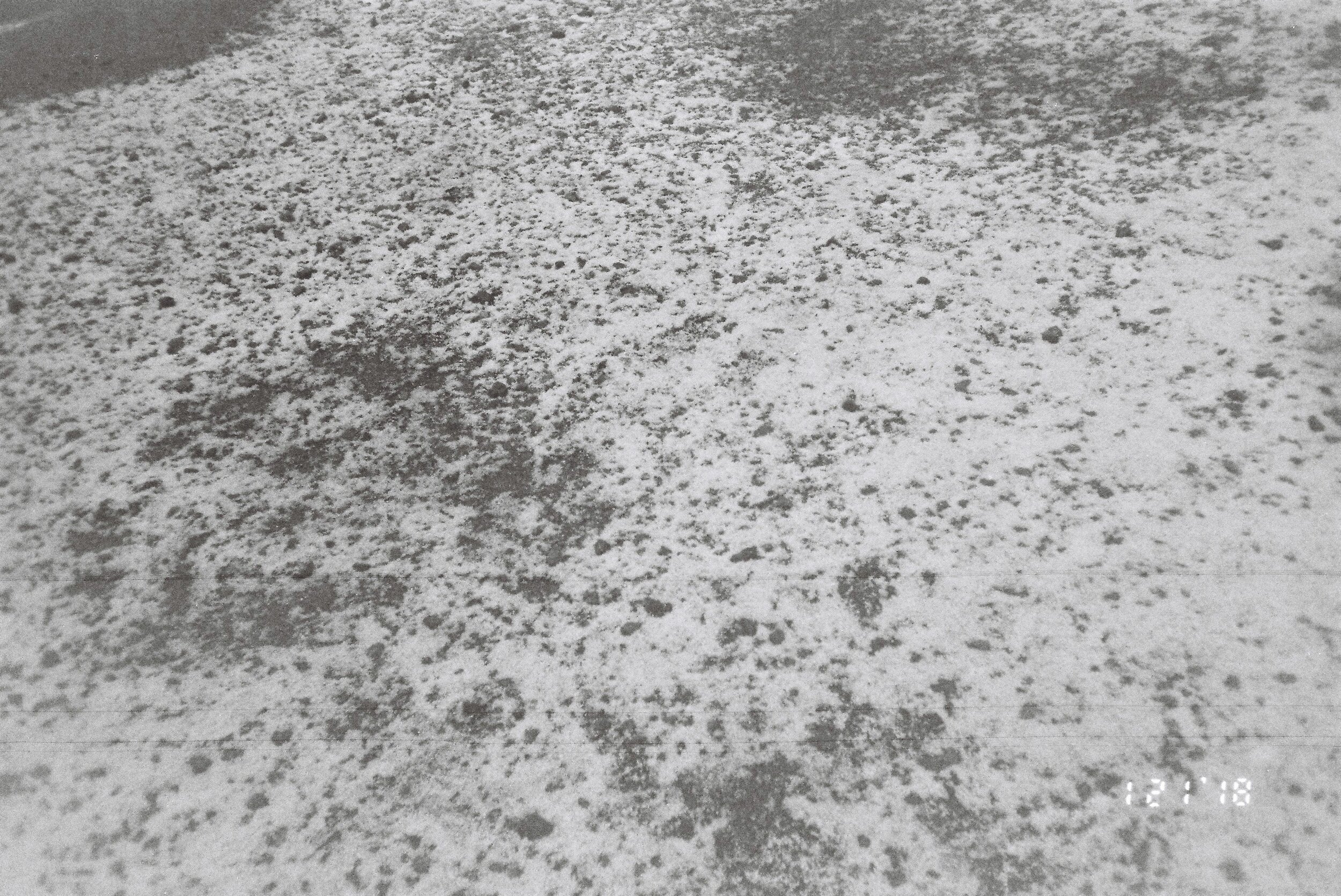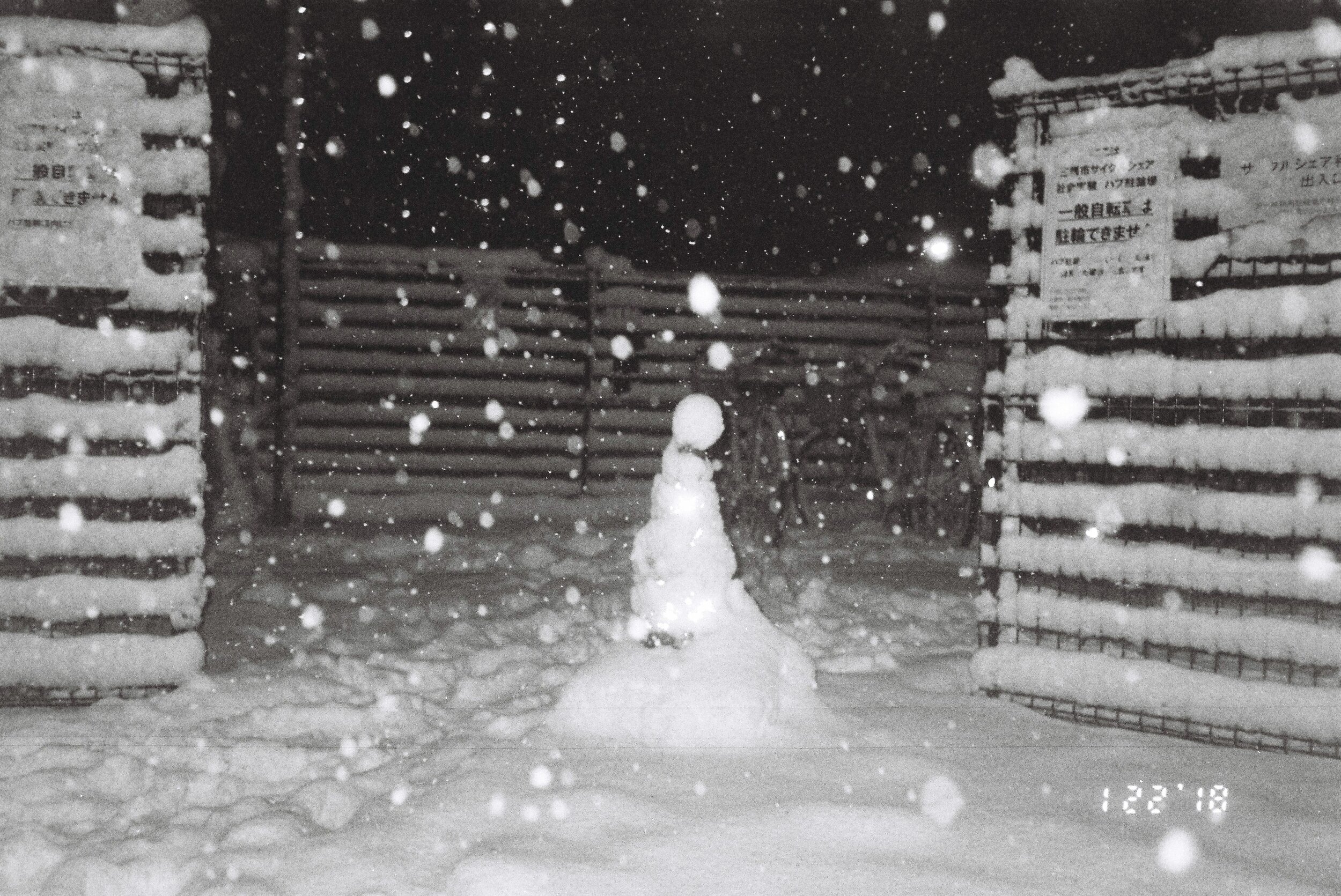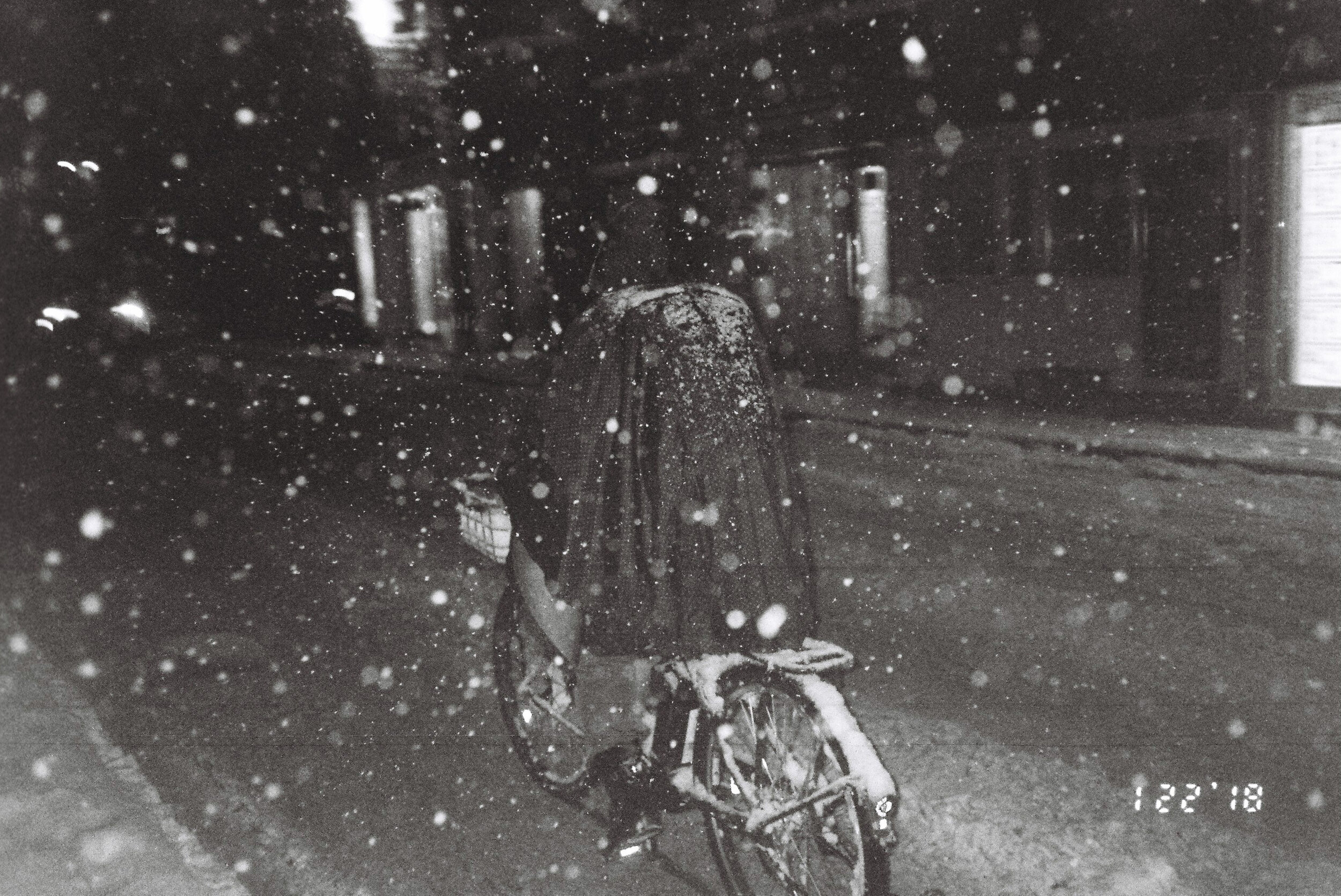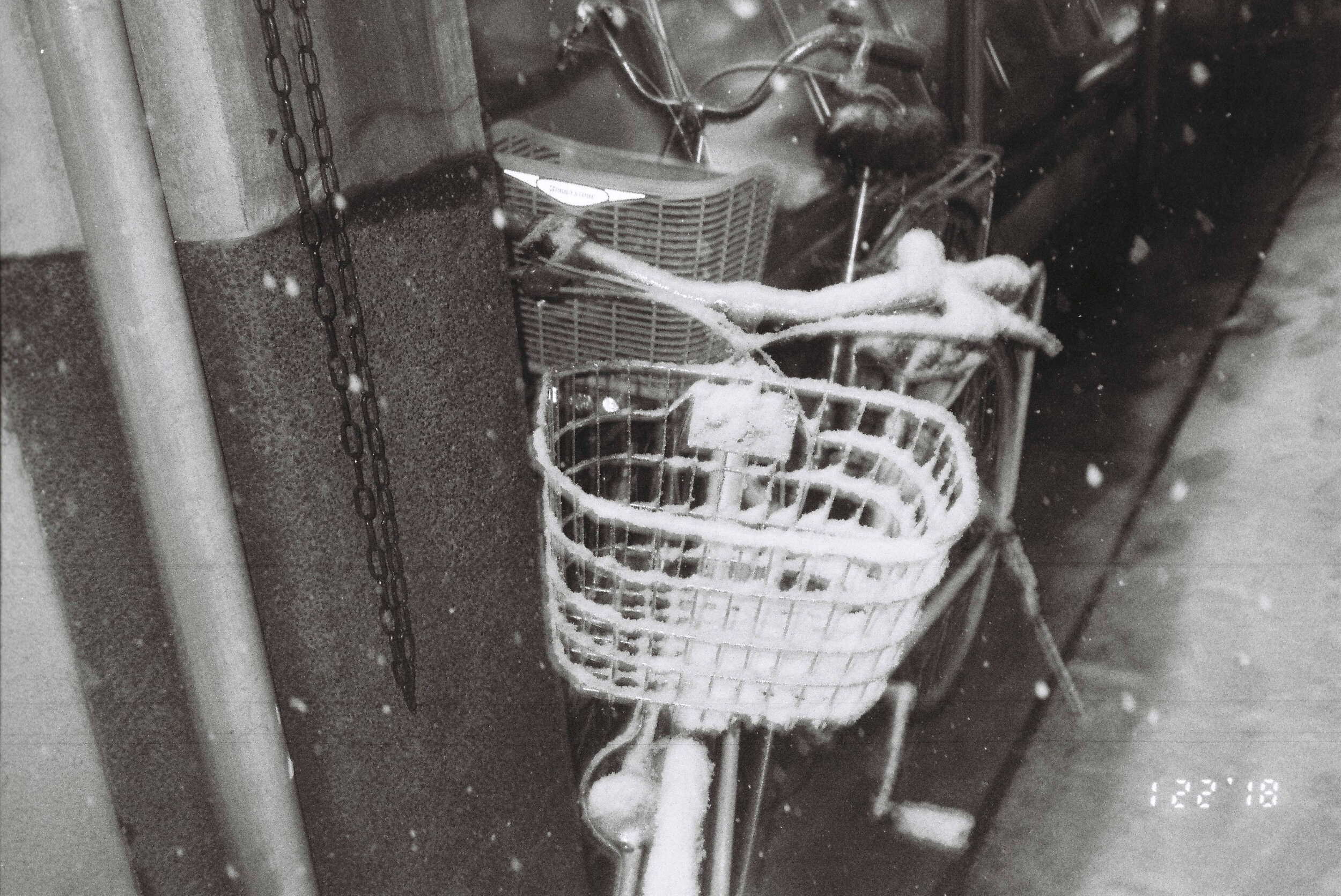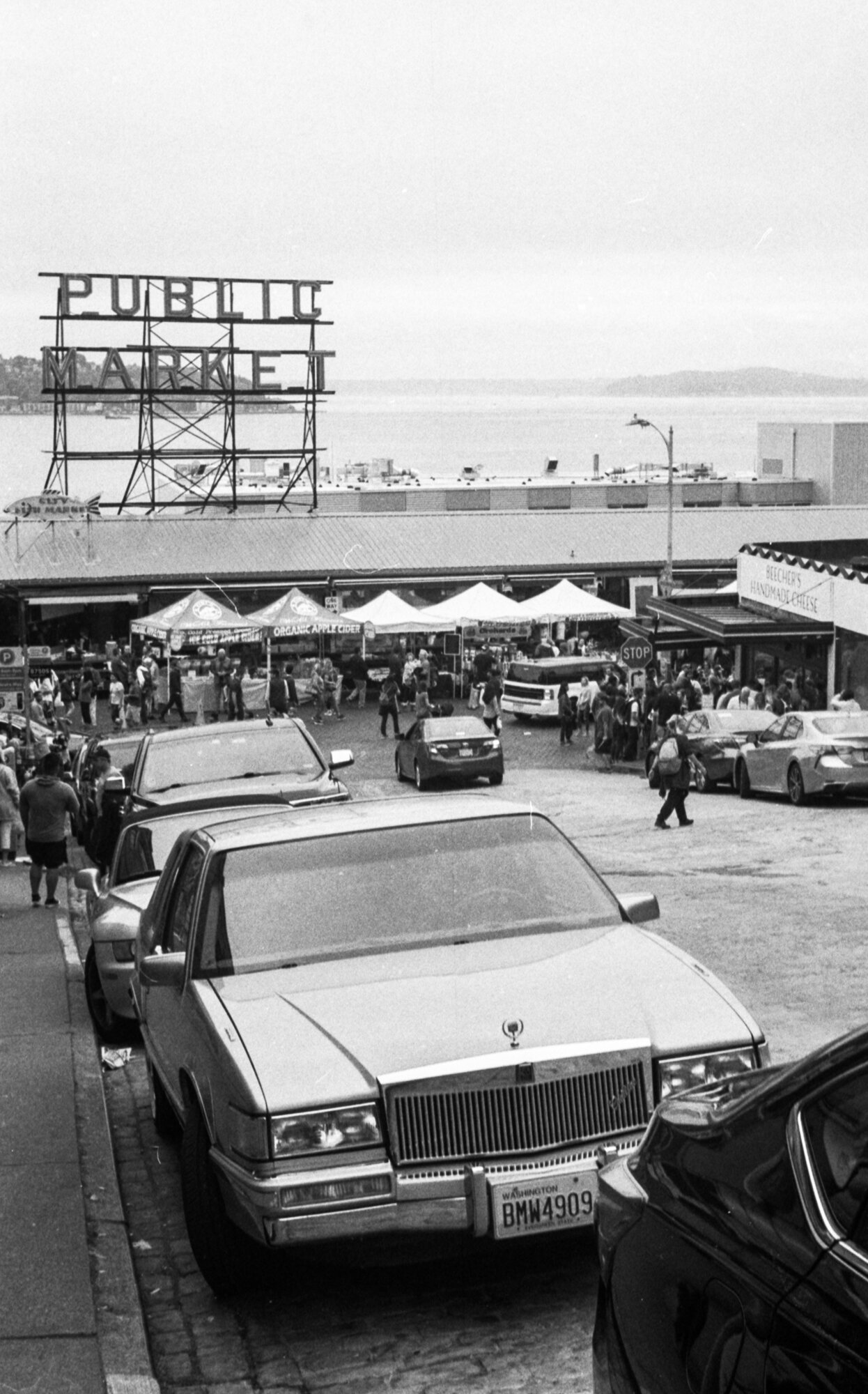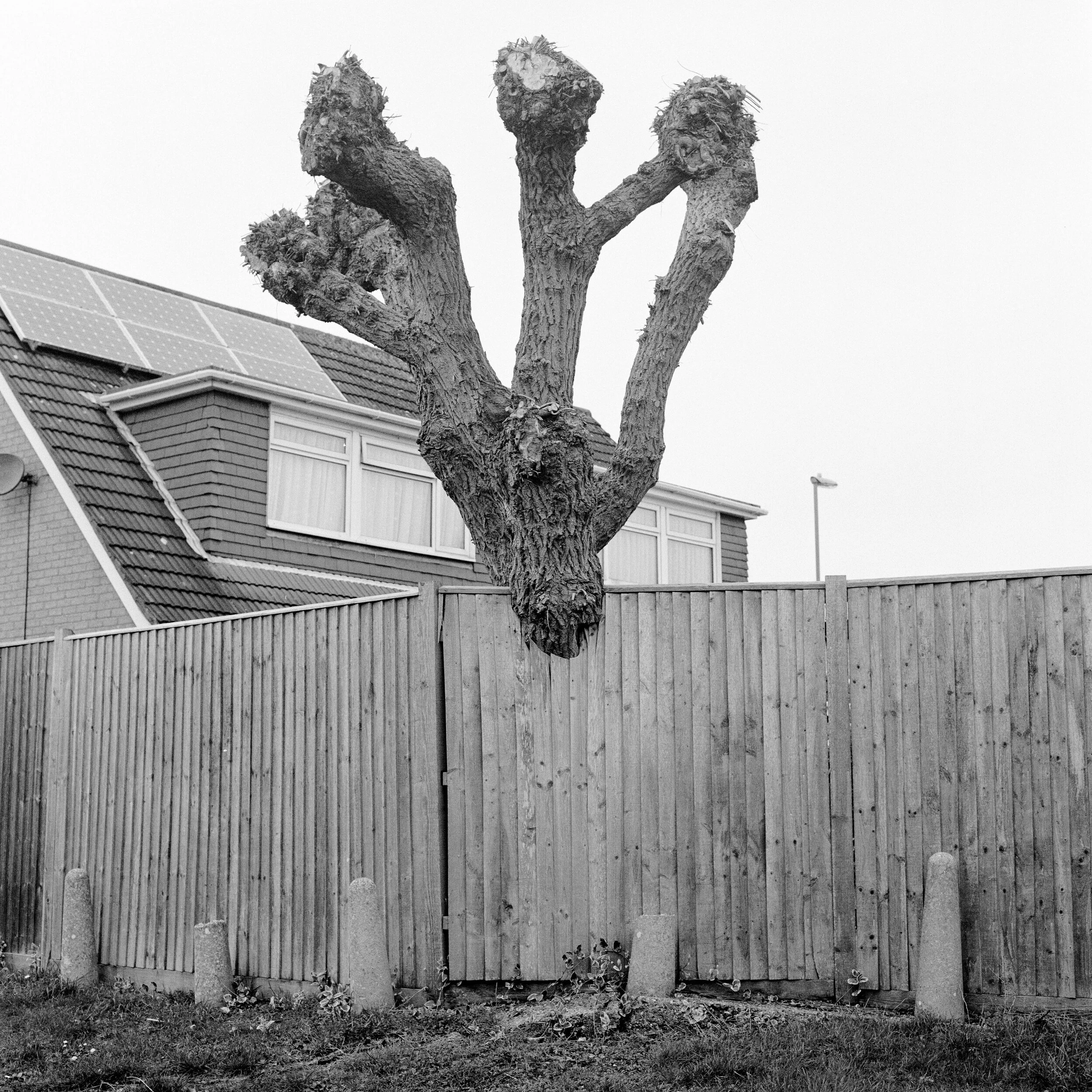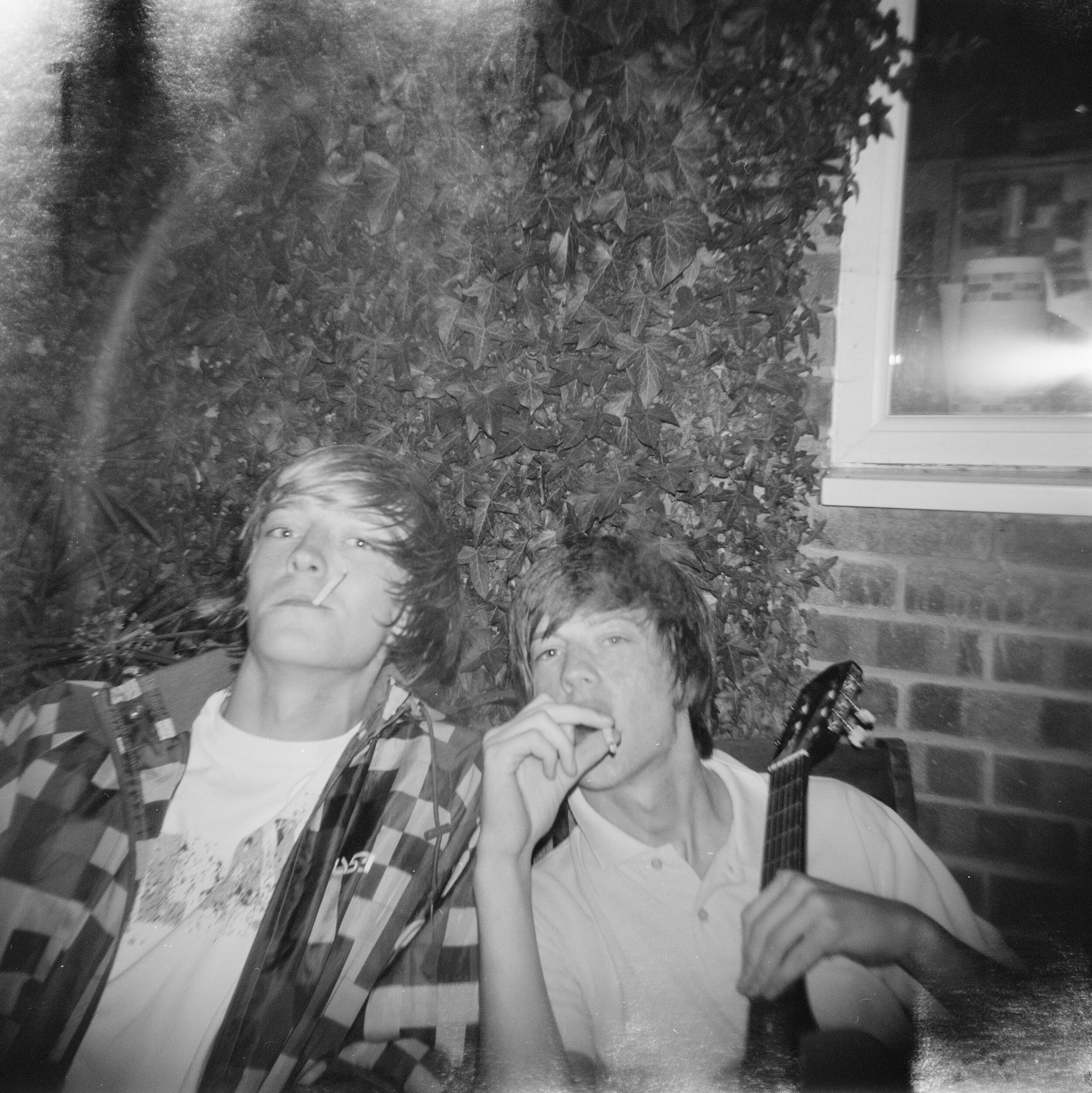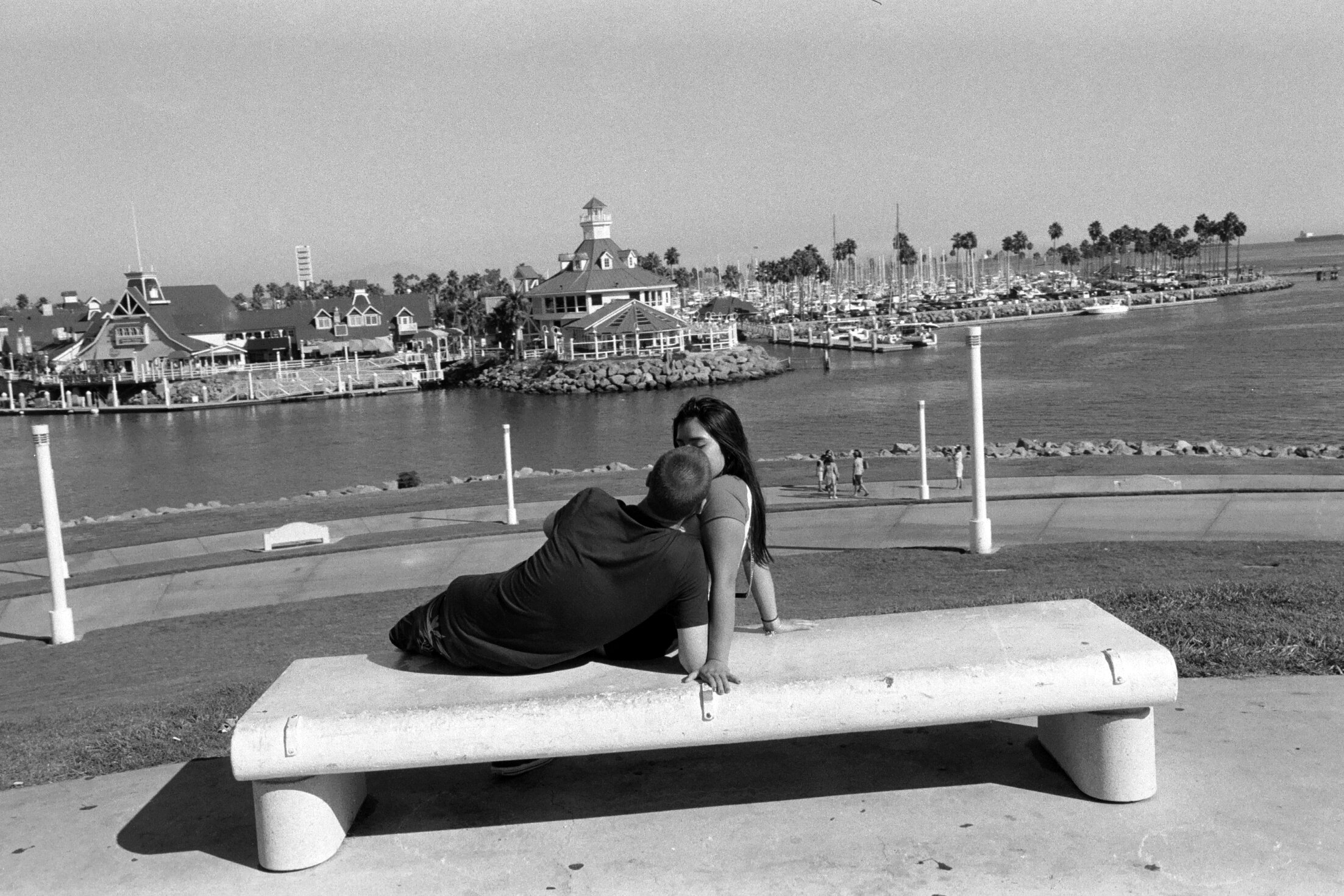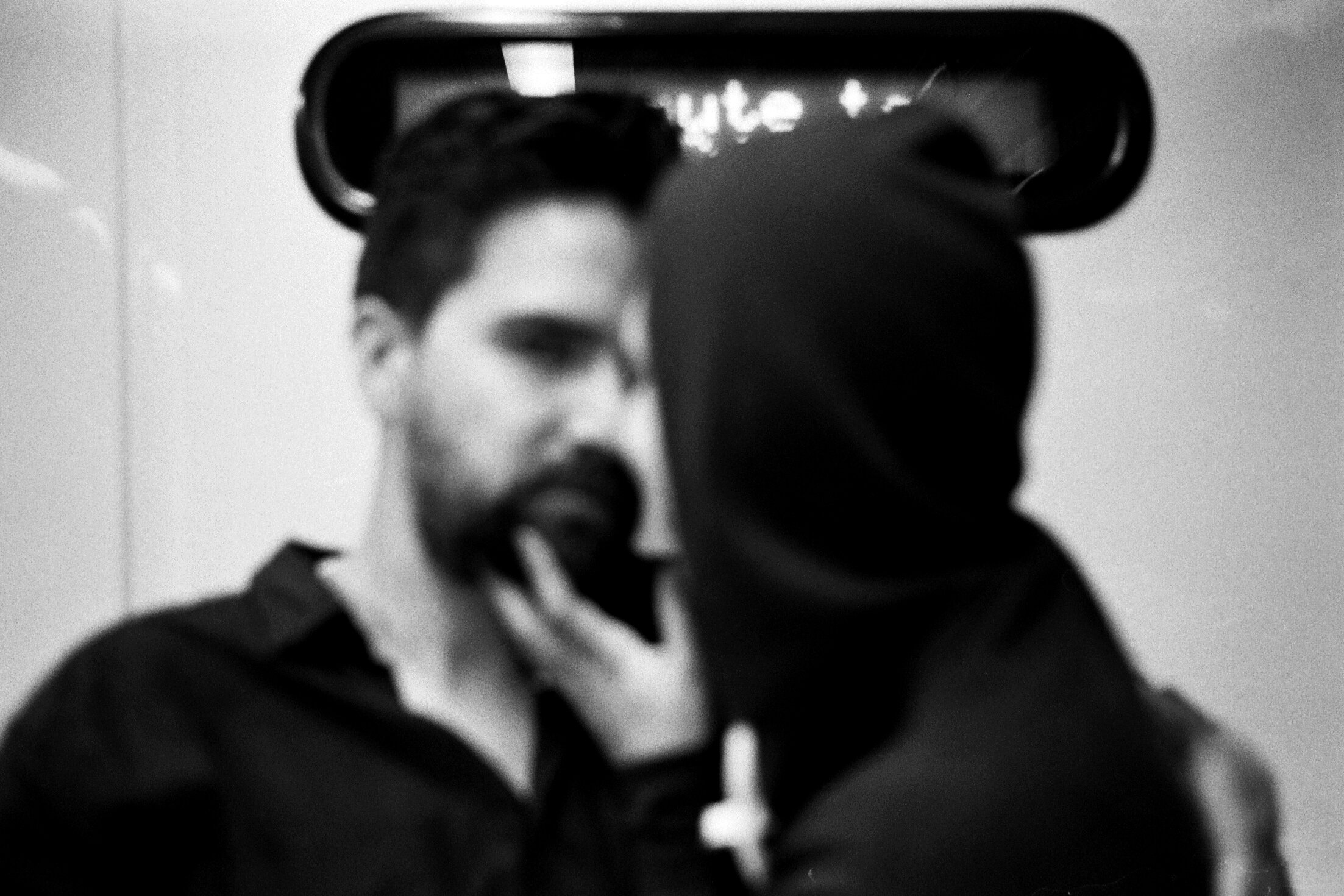The Edge Of Industry: Al Palmer
PC: Al Palmer
Andrew D. McClees (ADM): For those who may not be familiar with you or your work, would you mind introducing yourself and your work?
Al Palmer (AP): I'm a photographer and book designer/publisher based in Newcastle-upon-Tyne, in the United Kingdom. I've been taking photographs for 14 years now and have exhibited my work worldwide. The past few years have seen a shift from focusing on exhibitions to releasing my work in zine and book form. The majority of my work deals with world building, creating fictitious imaginary places from photographs of very real places. On the surface it may look like documentary work, it's very much not. Recently I've been creating work that deals with the fidelity of information: how much detail can an image lose before it can't communicate the intended message across.
ADM: We're talking about "The Edge Of Industry" - would you mind explaining the concept behind the series for the audience?
AP: The Edge of Industry is a cycle of photographs taken at the site of a derelict magnesium works near Hartlepool in the North of England where heavy industry has died off over the past thirty years. These images indirectly reference the death of shipbuilding and metal works, the lack of government action to prevent the North and South of England dividing both economically and socially, creating a generation of workers with no future; directly they show the land has yet to be redeveloped; it remains in a perpetual state of ruin. With an increasing amount of closures among factories in England these photographs are both a record of the end of a specific industrial area and also a quiet farewell to the past of the North of England.
PC: Al Palmer
ADM: What was the inspiration for the series? How did you settle on the concept and what is your personal relationship to it?
AP: I'm not a documentary photographer but this is the closest I've ever been to producing 'straight' documentary work. As with all of my work, it's more about me than the place I'm photographing. The magnesium works is visually attractive because it's so weird looking, people from differing backgrounds see sci-fi movies, dystopian novels... I saw the recently history of my area and my people. I'm from here and it was the future of my people that was impacted by the government of the Thatcher years.
ADM: Digging in a little more to your nod to worldbuilding vs. documentarianism - would you say that you've built an imagined or extrapolated narrative on top of the magnesium works for Edge of Industry?
AP: There's less world building in The Edge of Industry then, say, my work in “I Believe (In None of This)” but I am of the generation whose parents lost their jobs in heavy industry so there's a degree of distance. The ruins in the photographs are clearly a metaphor for the problems in society caused by these places of work shutting.
ADM: Taking it a step further, will you work on a project on what you believe the future (bleak or not) to be? Thinking future-forward in photography is always an odd topic.
PC: Al Palmer
AP: By nature each photography can only be a document of the past. I tend not to think about the future too heavily, certainly not to the point of making work regarding it. You could say my work is about the present, using snapshots of the past. Giving this some thought I cannot figure HOW I would make work about the future. That'd probably involve actual world building, making my own utopian model city and photographing it. Which does actually sound quite appealing...
ADM: You also run Brown Owl Press - what was the impetus behind starting your own zine printing company, and how would you say the self publishing process has affected your photographic and artistic process?
AP: I'm certainly more ruthless with regards to the photographic edit! I'm very conscious of how a series flows now, rather than just picturing the photographs on a gallery wall. I think this has probably meant that I focus less on taking interesting individual photographs and more on serving the narrative.I started Brown Owl Press mostly just because it felt like I should. Why wait for someone else to do it when I can? I like being able to publish photographic stories by photographers that deserve a bigger audience but possibly haven't received one yet.
ADM: Zooming the scope out a little bit - would you say that your work, Edge of Industry included, tends to center on implied or "broken" narratives? why or why not, and could you give an example of how you think about or process that narrative?
AP: Without a doubt. I think that's the crux of what I find interesting about photography: it's not very good at showing a linear narrative, especially in comparison to film making and prose. I suspect that's why a lot of photographers like to imagine they are working in a similar way to a poet. It's a nice idea, it's romantic, but I feel comics are a close visual medium to photography - sequential media leaving out much of the detail. The Edge of Industry is the outlier in my work in that I'm not really trying to suggest much, more show it. Primarily I think of photography as something closer to collage than to painting. Roughly tearing off this bit, a tiny sliver of this.
PC: Al Palmer
ADM: In terms of understanding “Edge of Industry: as outsiders - both an audience and, in my case (along with a fair chunk of our readers) as an American, what would you say the most essential photos are to understanding the project are, and what context they provide for the rest of the series?
AP: I'm not sure any one photograph carries more weight than another in this series, there are only 16 photographs and they all combine to give a good sense of the location. There are two photos that show the horizon, one shows this flat, unspectacular landscape and then other shows the North Sea. I suppose they give the magnesium works some physical reference point. There are definitely parallels with, say, Detroit in this story. It'll be interesting to know how an American sees this work. It'd previously been shown in New York but I can't imagine anyone from NYC looking at this work in the same way someone from the mid-West would, for instance.
ADM: The photobook/zine has (seemingly, to me) really come into vogue over the last ten to twenty years, and there's starting to be quite a bit of discussion of the photobook as an art object - as a publisher and book designer - what do you think the key elements of the art book or photobook/zine are, and what makes them so compelling, rather than say a folio, or a hanging exhibition?
AP: There are definitely economic aspects to this - digital printing increasingly being both cheap and high quality, so a decent photo zine costs a lot less than it would've in the past. The flipside of that is gallery/exhibition space has never been as expensive. Everyone has a camera in their pocket and the rise of Instagram has definitely helped photographers never switch off, so this off-hand photography definitely seems at odds with a formal gallery space. Also, an exhibition is temporary and photographs are permanent. Prints are hard to sell multiples of (finite wall space for most customers) while zines and books are an easier item to sell - especially with so many sales avenues online. It's not just economics though, photography works best on a small scale in my mind. I can do it at my own pace, and I'm in control of every single thing. And I like having full creative control of my work.
PC: Al Palmer
ADM: How has your approach to narrative driven photography changed over the years - did you learn anything new while making Edge of Industry that you'll take forward with you to the next project?
AP: The biggest lesson learned from The Edge of Industry is to work more efficiently. It was shot in a single day, the entire series consists of of just 16 photos. Some projects require a huge sprawling inventory of images, some require very few. How you say it matters almost as much as what you say. The Edge of Industry is quite literal work, both the photographs and the title. I'm unlikely to work in such a straight forward manner again, at least in the foreseeable future.
ADM: What are your major influences, photographic or not, and can you tie them back to Edge of Industry, or have you diverged from outside influence or touchstones, as you've matured as a practitioner?
AP: My biggest influence visually is Gerhard Richter. Carving into the space between reproduction and expression is at the heart of everything I do. I also admire the fact that he doesn't work in the same manner consistently, my big fear artistically is to just repeat myself. Alec Soth and Joel Sternfeld were huge influences on me photographing, and I can definitely see the influence of Sternfeld's Walking the High Line on this, just photographing a relatively small area in an expansive way with a fairly uniform view. I tend not to take direct inspiration from single photographers now, my inspiration tends to be more abstract and on a larger scale: ideas, music, technology.
PC: Al Palmer
ADM: Dipping into that - can you speak on some of the Music, Tech, and Ideas that you've been thinking about and inspired by lately?
AP: I'm hugely influenced by the German music scene surrounding the Termina/Beat Bude/Ava/Tax Free labels. It's most producers and DJs from the house and techno scene (Glenn Astro, Max Graef, Am Kinem etc) moving beyond rigid genre and begin deconstructing various types of music. A lot of it's quite experimental but it's also very musical, which keeps me interested. Photographically, the work of Clara de Tezanos is influencing me a lot currently. Her work is so rich and alien to me, I'm really enjoying trying to 'solve' it. It hints at a lot of things and I'm really trying to suggest more than I'm trying to explain in my own work of late. The idea I'm focusing on of late is how much detail can be taken from a photograph before it no longer communicates efficiently. I'm wrapping up a two year project on this topic currently as well as the layout of a book on the subject.
ADM: What advice would you give to someone looking to create photographs, or sets of photographs that lean into both a narrative form (both implied or explicit), and one that seeks to do "worldbuilding?"
PC: Al Palmer
AP: Take photographs impulsively, edit with intent. Or, the opposite. I tend to think in terms of batches of photographs being a 'chapter' or a 'verse'. Pacing is really important to a photo essay and I think that's especially important when putting your voice to something. Lots of experimenting in the editing phase is where the narrative will flourish, figuring out which photographs are essential to the story, and also which are not.
ADM: From Andy Pham: Do you think there is any value in the “hierarchy” of the photo world, or art world in general, in terms of the division between “gallery artists”, big publishers, etc. and the rest of us trying to just make work that means something personally? In other words, do you think there are pros and cons to both, or do you think there is anything lacking on either side of this divide?
For better and for worse I'm quite a self-driven person so, I've never had any fear of the hierarchy of photoworld. I'm not daunted by people or institutions. I can see why some would be useful, and openly want to be involved with some of them but that's because of what they can do for me/what I can bring to them rather than any need to be accepted.
If a recognised gallery wanted to show my work I'd be very conscious of using that (probably finite) time to harvest connections, grow my audience and put that back towards my usual DIY practice as it would probably not be a long-term arrangement. That possibly sounds a little mercenary but the larger the institution, the less concern it'll have for you so get what you can out of the situation. And hopefully make some money.
There are no heroes.
PC: Al Palmer
ADM: What question do you have for the next photographer? (you can answer the question yourself, if you'd like.)
AP: What was the biggest single turning point for you as an artist? My answer possibly links to the previous question: when I realised that I could do things myself rather than wait of galleries and publishers doing it for me. That was when I really put faith in myself as an artist rather than just someone who takes good photos. Keeping that moment in mind is important.
ADM: Thanks so much for the interview - do you have any parting words, or advice? I know we can purchase your zines and books at Brown Owl Press - but is there anywhere else that we can see or purchase more of your work? -- Thanks again for the interview!
AP: My advice can be applied to almost anything: consistency is the most important thing for progress.
The Brown Owl Press website has a list of our stockists but we do 90% of our trade via the webstore. Anything I publish that isn't under the Brown Owl Press umbrella is available via my website, the first of a series of zines I plan on publishing came out a couple of months ago called Crawling the Walls and is still available.
Thank you for interviewing me! If anyone has any further questions or would like to reach out, feel free to send me an email.










